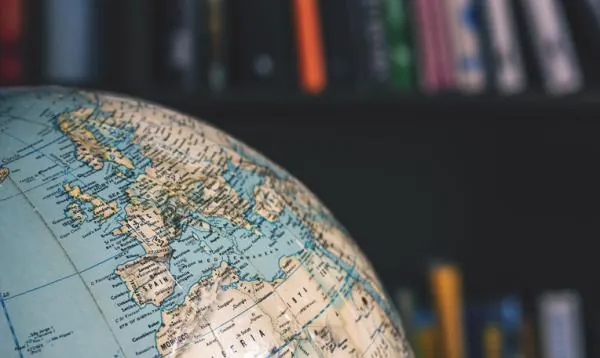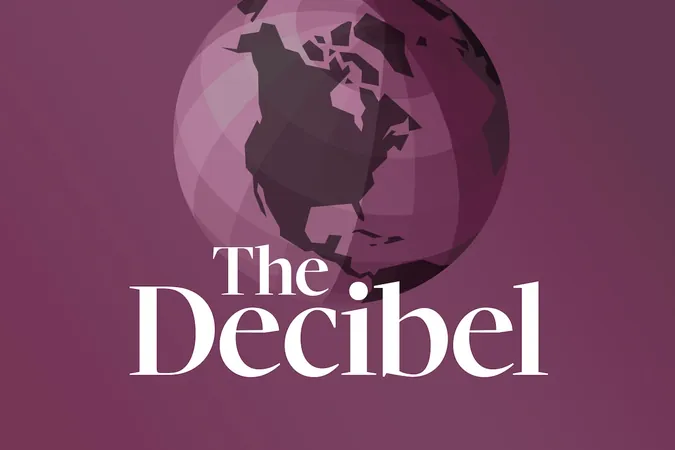
Unlocking the Secrets of Geographical Resources: What They Are and How They're Used!
2025-06-23
Author: Olivia
Discover the Power of Geographical Resources
Geographical resources play a crucial role in how humanity explores, maps, and understands our planet. Let’s dive into the fascinating world of these resources and see how they shape our interactions with land and space.
The Art of Plans: Mapping Urban Landscapes
Plans are detailed cartographic representations of small areas, essential for urban planning. Typically at large scales, like 1:10,000, these plans provide a meticulous look at city layouts without accounting for the Earth's curvature, focusing on essential elements for clarity.
Sketches: The Foundation of Geographical Representation
Sketches are informal, hand-drawn illustrations that capture the main features of an area without precise measurements. They serve as preliminary drafts that pave the way for more detailed studies and formal geographical representations.
Mastering Maps: Essential Geographical Tools
Maps are perhaps the most recognized geographical tools, serving to flatten the Earth’s surface while maintaining relationships between its various features through cartographic projections. Whether it’s a physical map showcasing geology or a political map outlining borders, maps come in numerous varieties to serve different analytical needs.
Navigating with Geographical Coordinates
Geographical coordinates offer a standardized system to pinpoint any location on Earth. Comprised of latitude and longitude, these coordinates rely on an intricate grid system to provide both vertical (altitude) and horizontal (latitude and longitude) reference points.
Meridians and Parallels: Understanding Earth's Lines
The Greenwich Meridian, known as Meridian 0, and crucial parallels such as the Equator and the Tropics, allow us to navigate our world by determining distances in degrees from these key lines, which are fundamental in mapping and navigation.
High-Tech Tools: Aerial Photography and GIS
Modern technology enhances geographical data collection like never before. Aerial photography captures stunning images from above, thanks to airplanes and drones, providing greater detail for map-making. Meanwhile, Geographic Information Systems (GIS) organize, manage, and analyze vast amounts of geographical data to facilitate accurate representations and informed decision-making.
The Role of GPS and Satellites
Global Positioning Systems (GPS) utilize satellites orbiting Earth to provide precise location data. With at least three satellites needed to triangulate position, this technology not only offers geographical resolution but also collects vital atmospheric data.
Compasses and Sonar: Traditional Meets modern
The humble compass remains a vital tool for orientation, pointing us to the magnetic north and serving as a basic yet essential guide for navigation. In contrast, sonar employs sound waves to locate submerged objects, proving invaluable for mapping oceanic terrains.
The Future of Geography
With advancements in technology and tools, the field of geography continues to evolve. From sophisticated mapping techniques to innovative data analysis systems, understanding geographical resources not only enriches our knowledge of the world but also enhances our ability to interact with it.









 Brasil (PT)
Brasil (PT)
 Canada (EN)
Canada (EN)
 Chile (ES)
Chile (ES)
 Česko (CS)
Česko (CS)
 대한민국 (KO)
대한민국 (KO)
 España (ES)
España (ES)
 France (FR)
France (FR)
 Hong Kong (EN)
Hong Kong (EN)
 Italia (IT)
Italia (IT)
 日本 (JA)
日本 (JA)
 Magyarország (HU)
Magyarország (HU)
 Norge (NO)
Norge (NO)
 Polska (PL)
Polska (PL)
 Schweiz (DE)
Schweiz (DE)
 Singapore (EN)
Singapore (EN)
 Sverige (SV)
Sverige (SV)
 Suomi (FI)
Suomi (FI)
 Türkiye (TR)
Türkiye (TR)
 الإمارات العربية المتحدة (AR)
الإمارات العربية المتحدة (AR)